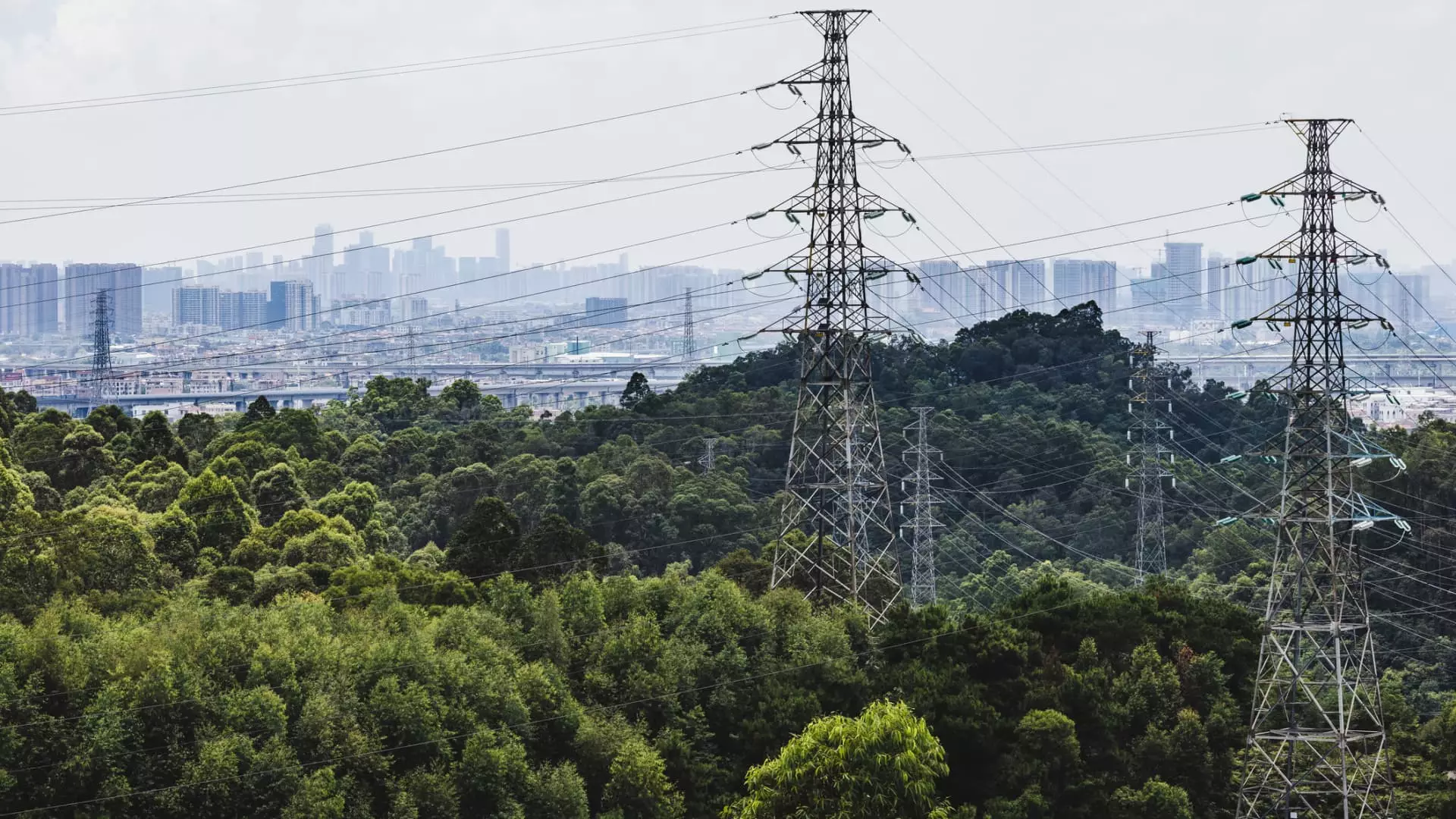The reality of skyrocketing electricity prices is becoming impossible to ignore for American households. As if the burden of inflation wasn’t heavy enough, a staggering 4.5% increase in electricity costs over the past year has created a new layer of financial strain. This surge comes at a time when inflation for other goods and services is cooling, exposing the electricity market’s inherent vulnerabilities. The U.S. Energy Information Administration (EIA) warns that this trend will continue, with retail electricity prices projected to rise faster than inflation through 2026. Despite these alarming figures, the root causes of this energy crisis, far from being simple or one-dimensional, reveal a complex web of supply and demand mismatches.
Understanding the Supply and Demand Imbalance
According to experts, the growing demand for electricity coupled with the closure of power-generating facilities is a critical factor outpacing any attempts at increasing the electricity generation capacity of the grid. This situation highlights a systemic failure in energy policy and infrastructure management. Economists like David Hill emphasize that we are witnessing a disparity between what is being consumed and what is being produced. Yet, while the costs rise uniformly across the board, they are felt dramatically differently based on geographic location. Areas like the Pacific and Northeast regions are already grappling with higher per kilowatt-hour costs, which means some will suffer significantly more than others as prices continue to rise.
The Staggering Costs of a New Energy Era
For the average American household, which is projected to spend around $1,902 in 2025 on electricity—an increase of about $219 from 2022—the stark reality is that energy expenses are set to dominate household budgets. This is no trivial matter; the disparity in pricing means that those living in high-cost regions will feel the pinch even more acutely. States like Hawaii, where electricity prices can soar up to 41 cents per kilowatt-hour, are navigating a crisis that demands urgent governmental intervention. If policymakers fail to act decisively, the rising tide of electricity prices could push low- and middle-income families further into financial vulnerability.
A Nation Awash in Data Centers
One startling contributor to the national electricity demand surge is the explosive growth of data centers. In an age where cloud computing and artificial intelligence dominate, these energy-hungry facilities consume an eye-popping 176 terawatt-hours annually, which is projected to double by 2028. Not only does this shift toward a data-dependent economy threaten to tip the scales on energy consumption, it raises serious questions about long-term sustainability. The International Energy Agency predicts that by 2030, the demand for electricity related to data processing will outstrip that of all traditional manufacturing industries combined. This trend underscores the urgent need for a comprehensive national energy strategy that doesn’t just react to immediate crises but anticipates future demand.
Electrification and Its Discontents
Moreover, the U.S. is shifting away from fossil fuels like coal, oil, and natural gas, an effort deemed necessary for combatting climate change. However, while the transition to electric vehicles and modern heating systems may be ecologically prudent, it simultaneously places additional strain on an already overburdened grid. The segue into an ‘electrified’ economy is not merely a technological upgrade; it requires a coherent and actionable plan for grid expansion and modernization. This haste to abandon fossil fuels without solid infrastructural upgrades paints a troubling picture where supply cannot meet an increasingly complex demand.
The Forgotten Infrastructure Crisis
At the heart of the energy pricing crisis lies the sad reality of failing infrastructure. With aging transmission lines and dwindling reserves of essential components, the U.S. grid is in dire need of revitalization. With many transformers nearing the end of their useful life and the cost of manufacturing new ones skyrocketing, the question poses itself: how long can this aging infrastructure sustain the burgeoning demand? Experts warn that unless there’s an immediate strategic investment in energy resources and infrastructure, we will only see steepening curves in both electricity costs and system reliability.
Investments in new technologies, replacements for outdated equipment, and the expansion of the grid should be top priorities for lawmakers. The failure to address these fundamental issues will not merely be an economic oversight but a severe detriment to the quality of life for millions of families across the country.
Rising electricity prices represent not just an economic crisis but also a potential socio-political issue that demands immediate action from decision-makers steeped in reality rather than in lofty rhetoric. The American public deserves better than to be left in the dark as the lights flicker on an increasingly unreliable power grid.

